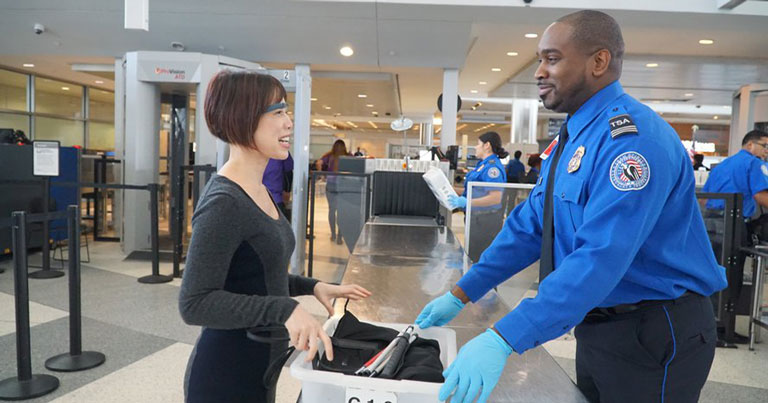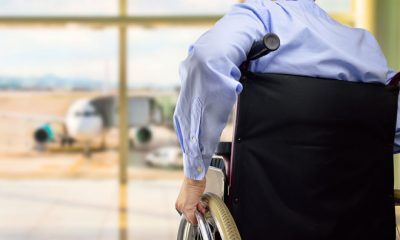
People are increasingly travelling more, especially during the Holiday season, thus the need for a quiet retreat, away from the chaos, in an airport lounge. The Holiday season also means travelling in bigger groups with friends and family, it can be tricky to avoid the queues and accommodate everyone accordingly. Children and old passengers need special assistance when travelling alone – so why aren’t disabled travellers treated the same way?
Airport lounge service providers should take into consideration the needs of all— agents or passengers with disabilities. If their lounge isn’t easily accessible to all, then they are missing out on a very important segment of customers. Starting from the booking of the airplane ticket to boarding and arriving at the destination, having easily accessible websites, mobile apps and a special-needs friendly environment using assistive devices and technologies is a must.
Airport lounge service providers should take into consideration the needs of all— agents or passengers with disabilities. If their lounge isn’t easily accessible to all, then they are missing out on a very important segment of customers. Starting from the booking of the airplane ticket to boarding and arriving at the destination, having easily accessible websites, mobile apps and a special-needs friendly environment using assistive devices and technologies is a must.

Some example of assistive devices and technologies that should be standardized in all lounges worldwide:
- Mobility aids (wheelchairs, scooters, walkers)
- Intellectual aids, including computer or electrical assistive devices, to help passengers with memory, attention, or other challenges in their thinking skills.
- Computer software and hardware, such as voice recognition programs, screen readers, and screen enlargement applications, to help passengers with mobility and sensory impairments use computers and mobile devices.
- Physical modifications in the airport lounge, including ramps, grab bars, and wider doorways to enable access to the entrance.
- Adaptive shower/washroom stalls, switches and utensils to allow those with limited motor skills to eat.
- Sensory rooms, room which combines a range of stimuli to help individuals develop and engage their senses. Includes lights, colours, sounds, sensory soft play objects, aromas all within a safe environment.
Incorporating robotic elements such as self-driving wheelchairs (capable of avoiding people and other obstacles), developed by All Nippon Airways (ANA) and Panasonic, will allow passengers who need those to safely navigate through the airport independently. This is an ideal mobility solution for connecting flight terminals or airport lounges.
Accessibility is very important in the aviation business; key decision-makers need to start investing in assistive technologies to help passengers with reduced mobility. Gordon Dewar, Chief Executive of Edinburgh Airport, said: “The needs and requirements of all of our passengers are crucial to us and we are always looking to meet those demands and show flexibility in our operations to make the passenger experience as positive as possible. We’ve made great strides in improving our all-round PRM and Special Assistance Service and these call points are another steps forward, upgrading the technology to allow a more personal connection to our control room and provide information that ensures a journey has the best possible start.”
Accessibility is very important in the aviation business; key decision-makers need to start investing in assistive technologies to help passengers with reduced mobility. Gordon Dewar, Chief Executive of Edinburgh Airport, said: “The needs and requirements of all of our passengers are crucial to us and we are always looking to meet those demands and show flexibility in our operations to make the passenger experience as positive as possible. We’ve made great strides in improving our all-round PRM and Special Assistance Service and these call points are another steps forward, upgrading the technology to allow a more personal connection to our control room and provide information that ensures a journey has the best possible start.”
Inclusion and diversity will bring your company esteemed brand loyalty and trust from your most valued customers.
Help passengers and empower employees. Let’s take down the barriers and create an inclusion environment for all today!
Help passengers and empower employees. Let’s take down the barriers and create an inclusion environment for all today!